by Lisa Cooke | Oct 28, 2016 | 01 What's New
This week, we set sail to the islands with new and updated genealogical records for Hawaiian and Irish genealogy. Passenger lists and denization records shine a light on ancestors who walked the shores of beautiful Hawaii and previously classified records are revealed in the Easter Rising collections for Ireland. Also this week, the Canadian Census for 1901, and records for Maine, Kentucky, and the country of Benin.

United States – Hawaii – Passenger Lists
This week at Ancestry, a new collection titled Hawaii, Passenger Lists, 1843-1898 is now available. It is searchable by name, birth, date of arrival, or date of departure. Specifically, this database includes passenger lists for ships arriving at and departing from ports in Hawaii between 1843 and 1898. This is both an index and a collection of digital images. Information may include a given and surname, age, gender, nationality or last place of residence, destination, ship name, and the date and place of departure or arrival. The names found in the index are linked to actual images of the manifests, digitized from originals at the Hawaii State Archives.
United States – Hawaii – Denization Records
Another new collection at Ancestry is the Hawaii, Denization Records, for 1846-1849, 1883-1898. Denization is the process used to grant a status similar to permanent residency and gave rights to denizens, such as the right to own land. These records are actually applications made by handwritten letters before 1895 and pre-printed application forms after that.
Information will vary, but may include:
- Name
- Age
- Occupation
- Place of origin
- Arrival date
- Record date
- Current residence
United States – Hawaii – Certificates of Identification
Lastly, Ancestry’s new collection Hawaii, Certificates of Identification for Chinese Arrivals, 1895-1898 may help find those connections back to mainland China.
This collection of certificates of identification for Chinese arrivals may include:
- Name
- Date of arrival
- Ship
- Permit number
- Photograph locator
Note: Photographs are not available in this collection. Photographs of arrivals were taken and kept in a Deposit Book. You can obtain copies of these photographs from the Hawaii State Archives using the locator information that is provided on each certificate.
Ireland – Easter Rising Collection
Findmypast has added over 48,000 additional records to their Easter Rising & Ireland Under Martial Law 1916-1921 collection. If you are not familiar with the Easter Rising, it took place on Easter Monday, April 24, 1916. A group of Irish nationalists announced the establishment of the Irish Republic and staged a rebellion against the British government in Ireland.
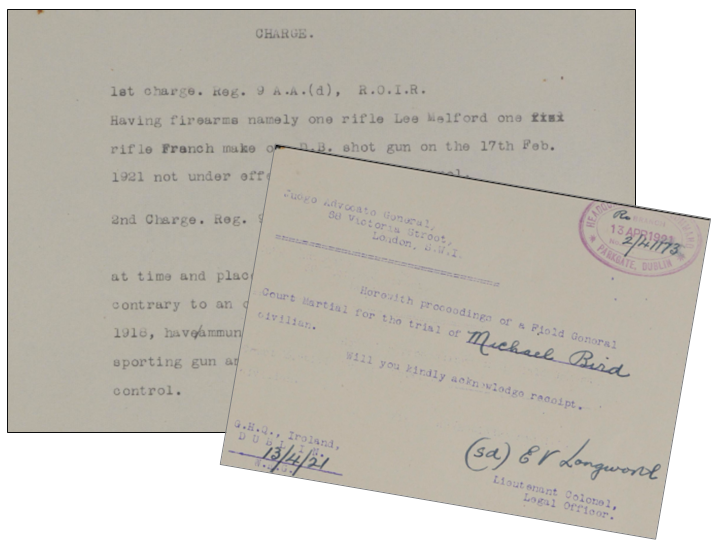
These were once classified records, but have now been digitized and can be browsed. These unique records document the struggles of life under martial law in Ireland and also contain details of both soldiers and civilians who participated or were affected by the Easter Rising of April 1916.
The collection contains the names of the hundreds of people who were detained and interned in prisons across Ireland, England, and Wales. Further, the internment files contain reports on individual detainees which record their charges, trial, and sentence as well as personal letters from prisoners or their relatives testifying to their innocence. Locating an ancestor in this collection would be a very special find.
Canada – Census
Findmypast has just added the Canada Census for 1901. It contains over 5.1 million records. The 1901 census was the first Canadian census to ask questions about religion, birthplace, citizenship, and immigration.
Each record includes a transcript and link to the digital image of the original census form. These census records will also list the name, date of birth, place of birth, marital status, relationship to head of household, race or tribe, immigration year, and naturalization year of each household member.
United States – Maine – Military
FamilySearch has added two new collections this week and one of them is Maine, World War I Draft Registration Index, 1917-1919. I don’t know if we have mentioned lately, but FamilySearch.org is free for everyone. This new collection for Maine is just one of hundreds available for genealogy records.
Records found in this collection generally conta in the following information:
in the following information:
- Name
- Place and date of birth
- Marital Status
- Residence
- Nationality and race
- Occupation
- Relatives’ names
United States – Kentucky – Marriages
This past summer, the Special Collections Research Center at University of Kentucky Libraries and the Fayette County Clerk’s Office developed a pilot project that will ultimately provide online access to Colored Marriage Indexes between the years of 1866-1882 and 1958-1968. The purpose of the project is to provide researchers with greater online access to these documents pertaining to African Americans in Kentucky.
The four volumes of the Colored Marriage Indexes are used to locate early marriage bonds of African Americans in Lexington, Kentucky. These indexes contain the name of each bride and groom and the page number of the marriage bond held at the Fayette County Clerk’s Office.
The digitized versions of the indexes are now freely available to the public on ExploreUK, UK’s digital library. The typed indexes have been run through optical character recognition (OCR) and are searchable.
Africa – Benin – Deaths
Death records may contain the following information:
by Lisa Cooke | Oct 26, 2016 | 01 What's New, Amish & Mennonite |
Anabaptist genealogy records include Amish, German Baptist and Mennonite ancestors. In a past post titled “Amish Genealogy Revealed,” we shared tips for searching out your Amish family tree. Here are more helpful resources submitted by our wonderful readers that you won’t want to miss.
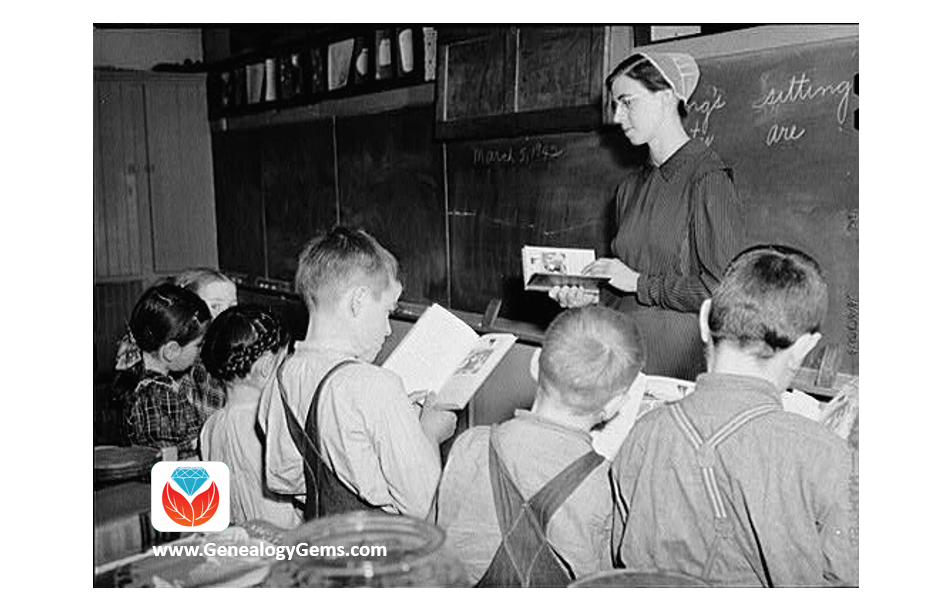
What is an Anabaptist?
The term Anabaptist refers to those religions who reject infant baptism in favor of a believer’s baptism. Amish, Mennonite, and German Baptists fall into the category of Anabaptists.
Anabaptist religions often subscribe to more conservative views and dress. Their families are very much intertwined with their religion, making the study of their history rich in detail and customs.
Anabaptist Genealogy Records: More Amish and Mennonite Family History Resources
We shared in our “Amish Genealogy Revealed,” the resources of the Amish newspaper, The Budget, the Amish church directories, and newsletters and books on Amish families. Many thanks to reader Loren Johns for sharing yet another amazing resource. Loren shared:
As someone who has a couple of hundred thousand Amish in my genealogical database, I enjoyed reading your focus on Amish genealogy. Somewhat surprised to see it!
You did not mention the
most important source for Amish genealogy. It is the
Swiss Anabaptist Genealogical Association, of which I am the secretary. This is a rather informal non-profit association of amateur genealogists interested in Amish and Mennonite genealogy who share their research with each other and with others interested in it, and make it available online.
Further, Mr. Johns shares that the Swiss Anabaptist Genealogical Association (SAGA) maintains a large database of un-merged databases that can be searched simultaneously. He gives an example:
If I search for an Amos J. Whetstone (an Amish name,) I get 17 hits, to three separate men. Amos J. Whetstone (1903-1984) appears in 6 different databases; Amos J. Whetstone (1919-2003) appears in 4 databases; and Amos J. Whetstone (1945- ) appears in 7 databases … so the 17 hits actually represent three men.
This amazing SAGA database contains over 5,000,000 names, though many of those are duplicates. You can imagine the value of such a large database for this specific group. If you are interested in joining SAGA and gaining access to the database, see the membership page
here.
Lastly, Mr. Johns leaves us with this fine tip!
A most important book on Amish genealogy is Amish and Amish Mennonite Genealogies by Hugh Gingerich and Rachel Kreider. It is sometimes called the Amish genealogy “Bible.” It traces all of the Amish immigrant ancestors (144 different surnames) and their families to 1850, where it had to stop lest it explode into an encyclopedia.
Anabaptist Genealogy Records: Resources for the German Baptist or The Old German Baptist Brethren
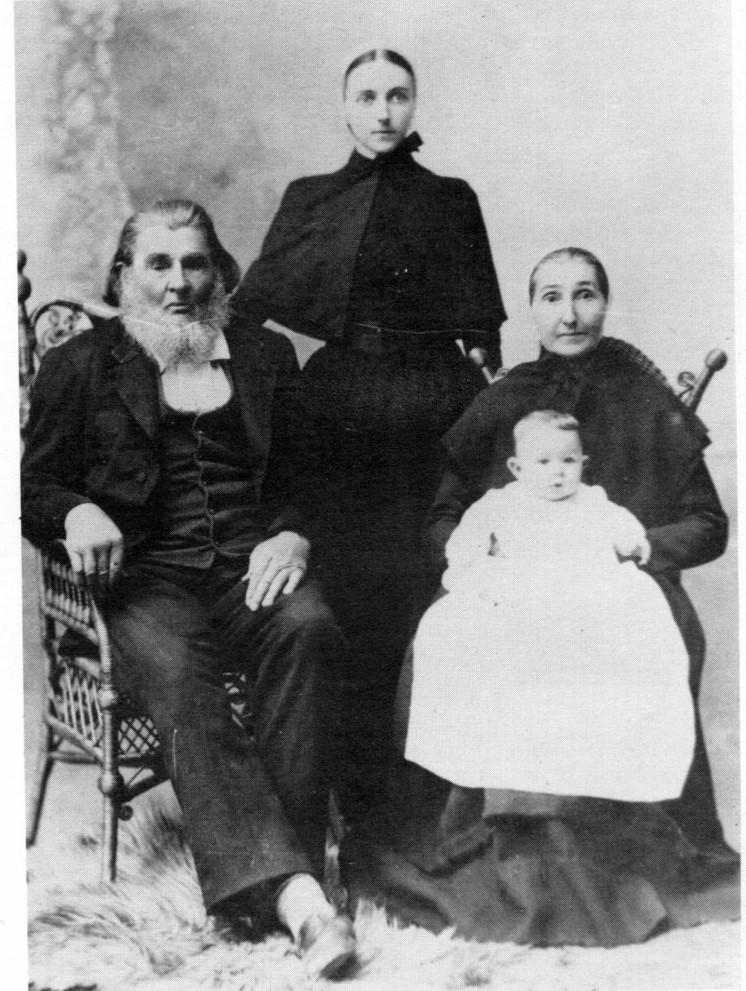
George Funderburg and family were members of the German Baptist faith.
Another group of Anabaptist’s are the German Baptist, also known as the Old German Baptist Brethren. Here in Ohio, we sometimes refer a particular break-off by their nickname, Dunkards. The Dunkards were given this nickname for their belief in baptism by immersion.
It is my own family ancestors who were among the Dunkards. Luckily, we have a wonderful archive in Brookville, Ohio called Brethren Heritage Center. The Brethren bodies involved with the Brethren Heritage Center are:
- Church of the Brethren
- Conservative Grace Brethren International
- Dunkard Brethren
- Fellowship of Grace Brethren Churches
- German Baptist Brethren
- Old Brethren
- Old Brethren German Baptist
- Old German Baptist Brethren
- Old German Baptist Brethren-New Conference
- Old Order German Baptist
- The Brethren Church
This heritage center offers many books and collections including family histories, maps, letters, diaries, census records, and birth records. In particular, the heritage center website also has a large list of helpful links to begin researching your Brethren ancestors. To see the list of links, click here.
Anabaptist Genealogy Records – Share Your Knowledge
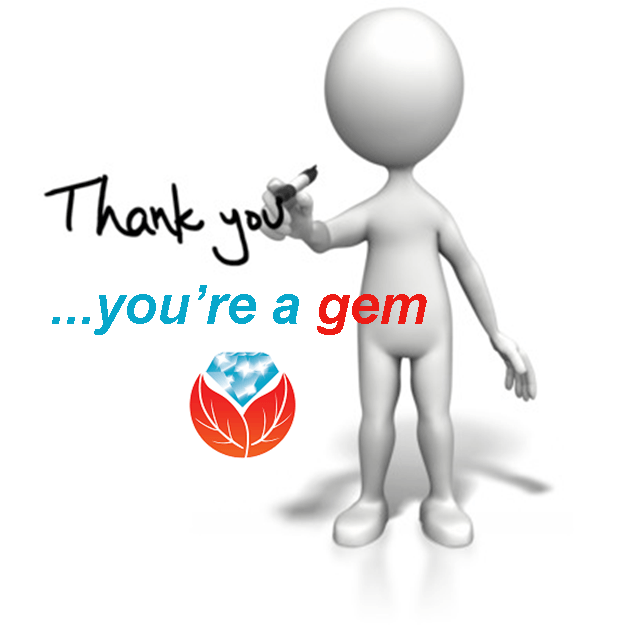 If you have Anabaptist heritage, you may be aware of additional Anabaptist genealogy records that we have not mentioned. We would be delighted if you would share that information with our Genealogy Gems community in the comments below. We look to you to be an inspiration and teacher to us here at The Genealogy Gems Podcast, and you always come through. Thank you!
If you have Anabaptist heritage, you may be aware of additional Anabaptist genealogy records that we have not mentioned. We would be delighted if you would share that information with our Genealogy Gems community in the comments below. We look to you to be an inspiration and teacher to us here at The Genealogy Gems Podcast, and you always come through. Thank you!
by Lisa Cooke | Oct 24, 2016 | 01 What's New, Inspiration, Kids
If you’re like me, you would give anything to share family history with kids and not be met with an eye roll. Here are three clever ways to capture their imagination, put a smile on their face, and most importantly, help them soak in the importance of their family history. You’re going to want to try them today!
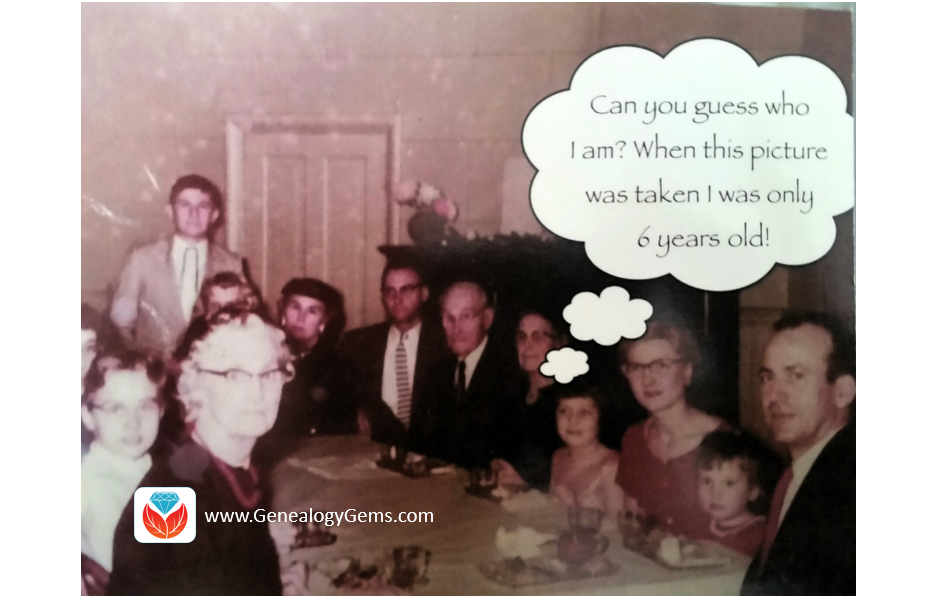
Share Family History with Kids through Surprising Greeting Cards
About a year ago, my mother-in-law began sending monthly cards to each of the families. Though addressed to the grandchildren, they were fun for everyone. My youngest, now 9 years old, excitedly tears into the envelope and wants to be the first to see the card. She smiles and giggles at Grandma’s funny stories. We keep the card on the front of the fridge until the next one comes. They have become special keepsakes we will save for future generations.
These glossy greeting cards hold special pictures and stories of her past. One such card had an old picture of her as a child sitting around the table with her extended family.
The front of the card said, “Can you guess who I am? When this picture was taken I was only 6 years old.” The inside of the card then told the names and relationships of those around the table.

Another card she created was a collage of Christmas ornaments. It inspired me to create a card that shared images of my own family Christmas heirlooms and ornaments of the past. What a neat way to preserve that part of our history and share it with the next generation. After all, stories of how our ancestors celebrated special events is often enjoyed by even those that don’t consider themselves ‘genealogists.’
Share Family History with Kids through Shareable Art for Social Media
Getting a card in the mail was fun for the younger ones who rarely get a letter, but our teens were more interested in what was showing up on their social media feeds. Teen family members spend many hours on social media. Facebook, Twitter, Instagram, and Pinterest are just a few of the many outlets available today. If the kids are already surfing your feed, why not share with them some family history in a creative, colorful post.
Recently, I downloaded an app called Rhonna Collage. Rhonna Collage is available only for Apple devices, but there is a similar app for Android devices called Rhonna Designs.
As I found new pictures of my ancestors, I used the Rhonna Collage app to design shareable art for posting to social media. I added a background, a picture, and text. Then, I shared my creation to Facebook, Instagram, and Twitter. My cousins swooned and the teen nieces and nephews clicked the “thumbs-up” or “heart” emojis to show their like for the post. Sometimes, they even post a comment or question! Even better, my designs can be downloaded by them, shared again, or even printed.
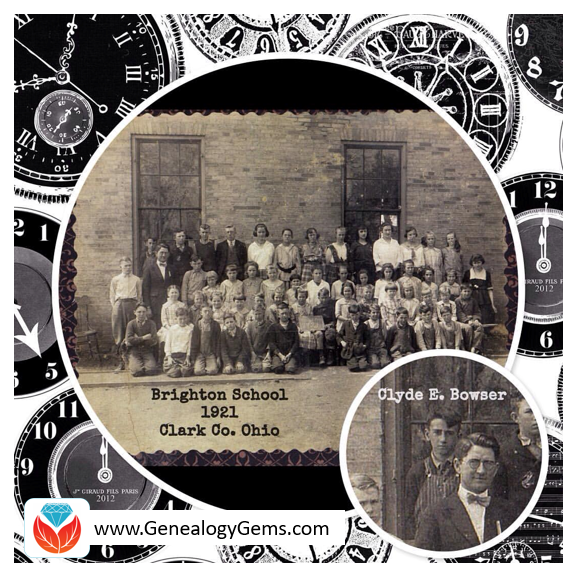
Share Family History with Kids at an Ancestor Birthday Bash
If you are interested in sharing family history in a more dramatic way, ancestor birthday bashes may be right up your alley!
Ancestor birthday bashes started when my sister and I wanted an interactive activity that immersed the kids in their family history. Everyone loves a birthday party, right? So, we created ancestor birthday bash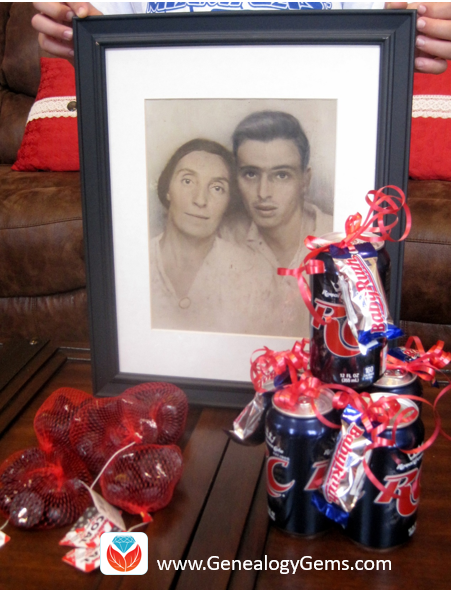 es.
es.
The party takes place on or near the birthday of an ancestor. Our first birthday bash was for my grandpa, Robert Cole. I interviewed my mother, his daughter, about all his favorite things. We used his favorite treats of RC Cola and Baby Ruth candy bars as decoration and treats for the party. Grandpa Cole was also a coal miner and we were able to find bags of coal (made of chocolate!) to give to each of the kids. During the celebration, we shared fun stories and pictures of Grandpa.
A day or so later, my niece Candice told her mother, “I know why Grandpa Cole’s favorite pop was RC.” When asked why, she replied, “Because his initials were R. C.!” We considered that a win! She was paying attention and all had a great time.
Ancestor birthday bashes are a way to teach cultural history as well. If you celebrate an ancestor originally from another country, you could include authentic food, games, and decorations to make the event really memorable.
Even More Ways to Share Family History with Kids
These were just three ways to teach and share your family history with your kids, and even nurture the next generation of budding genealogists. For even more ideas, read the posts below.
How to Create a Coloring Book for Family History
Family Reunion Ideas: Top 10 Ways to Incorporate Family History
 If you have a great idea of your own and you’ve snapped some photos of you sharing family history with your kids, feel free to post them on our Facebook page. You inspire us!
If you have a great idea of your own and you’ve snapped some photos of you sharing family history with your kids, feel free to post them on our Facebook page. You inspire us!
by Lisa Cooke | Oct 21, 2016 | 01 What's New, Records & databases
Scottish genealogy records are as popular as plaid this fall. Deeds, paternity records, and censuses are just a sampling. Also this week, records for Ontario, New York State, Philadelphia, and the women’s suffrage movement!
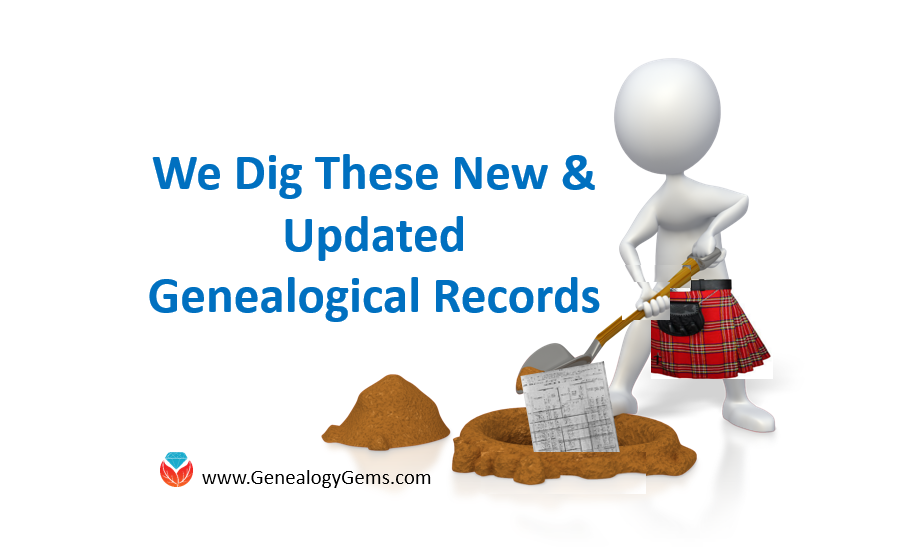
Scotland – Deeds
Findmypast offers Scotland Deeds Index 1769 with over 1,000 transcripts. This collection contains the details found in minute books kept by the Court of Session and includes a variety of different types of deeds including: assignations, discharges, bonds, obligations, protests, and leases. Each deed transcript will record the type of deed, the date it was recorded, and the two parties named in the original court document, their addresses, and occupations.
By understanding what each type of deed is, you may be able to glean additional clues to your research. For example, a discharge is granted once evidence is shown to a granter that a debt or payment has been paid in full. Discharges were also given to release an individual from specific tasks or duties. A heritable bond, however, is in regard to land, property, or houses that pass to an heir or next of kin. In some of these cases, the records could be proof of parentage. For more details about the types of deeds in this collection, read here.
Scotland – Paternity Decrees
Containing over 25,000 records, Scotland, Paternity Decrees 1750-1922 will help you find out if your ancestor was involved in a paternity dispute that appeared before Scotland’s Sheriff Court. These records could identify illegitimate ancestors and break down brick walls in your research. You will find cases from jurisdictions across Scotland including: Kirkcudbrightshire, Lanarkshire, Midlothian, and Roxburghshire.
Each record offers a date of birth and sex of the child whose paternity is in question as well as the name, occupation, and residence of both the pursuer and defender.
Scotland – Census and Population List
Also at Findmypast, Scotland Pre-1841 Censuses and Population Lists now contains over 3,500 early census fragments and parish lists from Jedburgh, Greenlaw, Ladykirk, Melrose, Applegarth, and Sibbaldbie. Until 1845, these courts were for governing the local parish and overseeing parish relief. Many kept up-to-date lists of the parish residents, their occupations, and their birth places.
The details recorded in each transcript will vary, but most will include a birth place, occupation, and address.
Scotland – Registers & Records
Over 1,700 new records have been added to the collection titled Scotland Registers & Records at Findmypast. These additions include Written Histories of the Highland Clans & Highland Regiments.
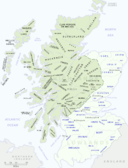
By Gsl [Public domain], via Wikimedia Commons
Scotland Registers & Records contain images taken from 21 different publications related to Scottish parishes and families. The records vary and include parish records, topographical accounts, and memorial inscriptions.
Some of these records reach back as far as the year 1100! To see a list of each of the publications within this collection, click here, then scroll down to the subheading, “What can these records tell me?”
Canada – Ontario – Birth Index
Findmypast offers a collection titled Ontario Birth Index 1860-1920. It is comprised of 1.7 million civil registration records. Civil registration in Canada is the responsibility of the individual provinces and territories and it was not standard practice until the late 1800s.
Each record contains both a transcript and an image of the original document. Information should include:
- Ancestor’s name and date of birth
- Place of birth
- Parents’ names
In some cases, the record may also provide:
- Parents’ occupations
- Where the parents were married
- Name of the attending physician
- Address of residence
Special Savings for You

If you are interested in subscribing to Findmypast, we want to let you know about a special savings. Findmypast is now offering a year subscription for $34.95, a savings of $79.95. Click here for more details!
United States – New York – City Directories
New York Public Library is digitiz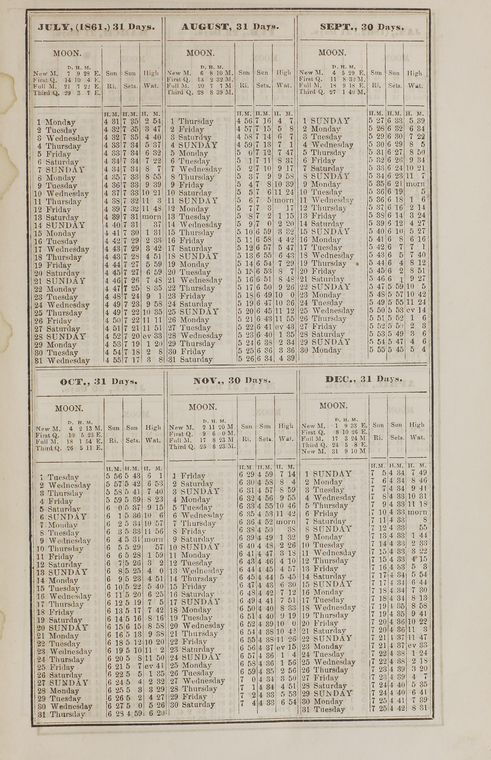 ing its collection of New York City Directories, 1786 through 1922/3, and sharing them for free through the NYPL Digital Collections portal.
ing its collection of New York City Directories, 1786 through 1922/3, and sharing them for free through the NYPL Digital Collections portal.
The first batch—1849/50 through 1923—have already been scanned and the 1786–1849 directories are in the process of being scanned. The whole collection will be going online over the coming months.
See the digitized directories here.
City directories contain more than just names and addresses. You may be surprised to learn that they record the price of travel and postage, the kinds of occupations around the city, the layout of streets, and at what time the sun was predicted to rise and set!
City directories might also contain images, maps, illustrations of buildings, and advertisements.
United States – Massachusetts – Women’s Suffrage
The Massachusetts Historical Society has announced that seven collections relating to women in the public sphere have been digitized. A grant made it possible to create high resolution images that are accessible at the MHS website, as well as preservation microfilm created from the digital files. The seven collection titles and links are listed below.
Juvenile Anti-Slavery Society records, 1837-1838
http://www.masshist.org/collection-guides/view/fa0427
Massachusetts Association Opposed to the Further Extension of Suffrage to Women, 1895-1920
http://www.masshist.org/collection-guides/view/fa0121
New England Freedmen’s Aid Society records, 1862-1878
http://www.masshist.org/collection-guides/view/fa0423
Rose Dabney Forbes papers, 1902-1932
http://www.masshist.org/collection-guides/view/fa0212
Society for the Employment of the Female Poor trustees’ reports, 1827-1834
http://www.masshist.org/collection-guides/view/fa0428
Twentieth Century Medical Club records, 1897-1911
http://www.masshist.org/collection-guides/view/fa0411
Woman’s Education Association (Boston, Mass.) records, 1871-1935
http://www.masshist.org/collection-guides/view/fa0393
United States – Pennsylvania – Newspapers
Check out the Philadelphia Inquirer on Newspapers.com. The Philadelphia Inquirer is one of the oldest surviving papers in the United States. The Philadelphia Inquirer was established in 1829 and originally titled the Pennsylvania Inquirer. It was originally a Democratic paper that supported President Jackson.
This collection covers the years of 1860-2016.
If you’re looking for specific mentions of an ancestor, you might find them in lists of death notices, marriage licenses, local social news, the day’s fire record, or building permits issued. This newspaper is searchable by keyword or date.
United States – Nebraska – Marriages
New this week at FamilySearch are the Nebraska, Box Butte County Marriages, 1887-2015. Information found in these marriage records does vary, but you may find any of the following:
- Name
- Age
- Estimated birth year
- Birth city/town, county, state, and country
- Marital status
- Marriage date
- Marriage city/town, county, and state
- Parents’ names
- Previous spouse
More Helpful Tips for Scottish Genealogy
Lisa’s Premium Member episode 116 is 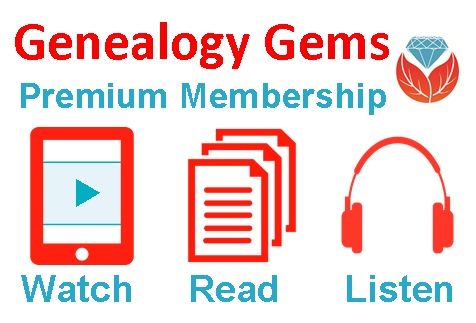 just what you need. Marie Dougan, a professional genealogist specializing in Scottish research, joins Lisa in this episode to talk about how to research Scottish ancestors. If you haven’t taken that plunge and become a Premium Member, why not do so today! There are over 100 Premium Member podcast episodes and over 30 video classes on a wide variety of genealogy topics waiting to inspire and educate. Join today!
just what you need. Marie Dougan, a professional genealogist specializing in Scottish research, joins Lisa in this episode to talk about how to research Scottish ancestors. If you haven’t taken that plunge and become a Premium Member, why not do so today! There are over 100 Premium Member podcast episodes and over 30 video classes on a wide variety of genealogy topics waiting to inspire and educate. Join today!
by Lisa Cooke | Oct 20, 2016 | 01 What's New, RootsTech |
RootsTech 2017 is already wowing us with their recent announcement of Friday’s keynote speaker, LaVar Burton. Not just known for favorites like Reading Rainbow and Star Trek: The Next Generation, LaVar has been known by millions for his role as Kunta Kinte the 1977, ABC mini series, Roots.

I can hardly wait until Friday, February 10th, 2017 when LaVar Burton is introduced on stage as a keynote speaker at RootsTech! One of my childhood favorites, I grew up listening to him share his love of reading in Reading Rainbow and teaching his best friend, Data, how to be more ‘human’ in the popular TV show, Star Trek: The Next Generation.
Mr. Burton is excited about the opportunity to speak at RootsTech where he plans to share personal stories about Roots, Star Trek, and his Reading Rainbow foundation. He also plans on sharing stories of his mom and her commanding influence on him. He says,
“The story of Roots traces a family’s journey from Africa to America and back. At RootsTech, I’ll share some of my own journey of family, storytelling and the influence of African culture on my American Experience.”
RootsTech Keynote Speakers and More
L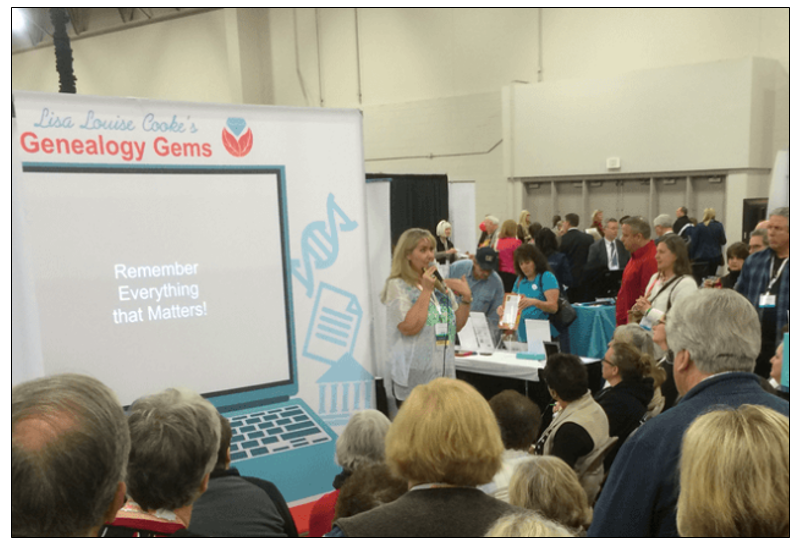 aVar Burton is the first RootsTech Keynote Speaker to be announced for 2017. More speakers will be announced over the coming weeks.
aVar Burton is the first RootsTech Keynote Speaker to be announced for 2017. More speakers will be announced over the coming weeks.
If you haven’t heard, registration has already started for the RootsTech genealogy conference in Salt Lake City. Visit www.rootstech.org to register or learn more.
Be sure to come by and visit the entire Genealogy Gems team in the Expo Hall. We have some very special things planned for the event. Stay tuned!


 in the following information:
in the following information: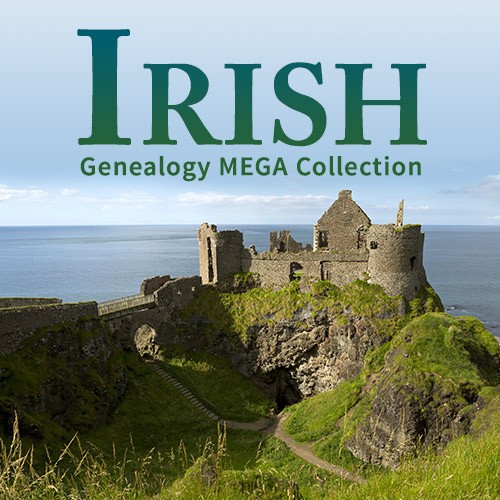



 If you have Anabaptist heritage, you may be aware of additional Anabaptist genealogy records that we have not mentioned. We would be delighted if you would share that information with our Genealogy Gems community in the comments below. We look to you to be an inspiration and teacher to us here at
If you have Anabaptist heritage, you may be aware of additional Anabaptist genealogy records that we have not mentioned. We would be delighted if you would share that information with our Genealogy Gems community in the comments below. We look to you to be an inspiration and teacher to us here at 

 es.
es.



 ing its collection of
ing its collection of 

 aVar Burton is the first RootsTech Keynote Speaker to be announced for 2017. More speakers will be announced over the coming weeks.
aVar Burton is the first RootsTech Keynote Speaker to be announced for 2017. More speakers will be announced over the coming weeks.


